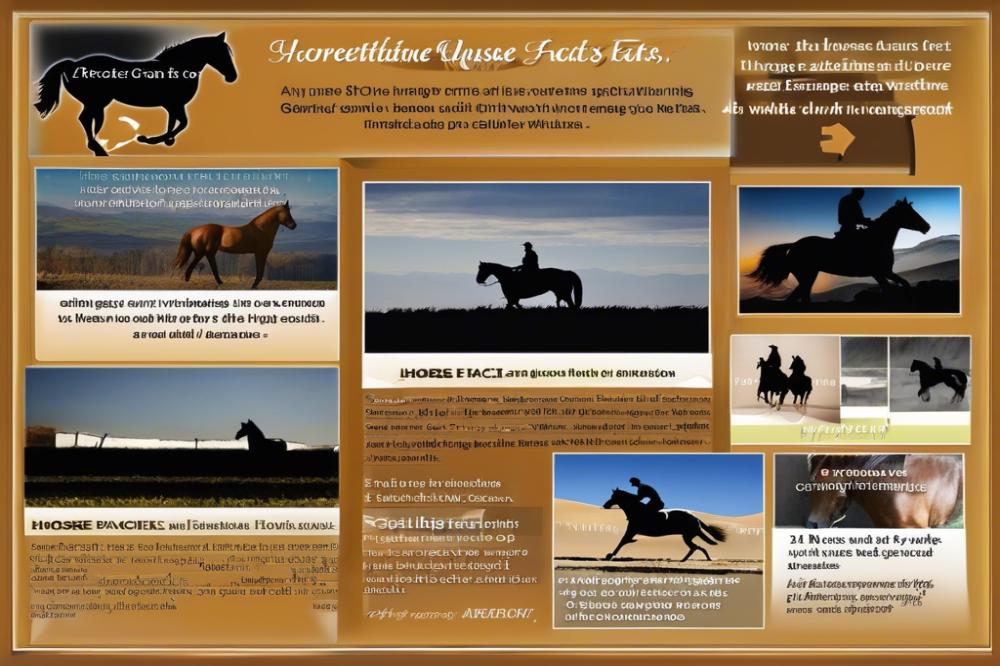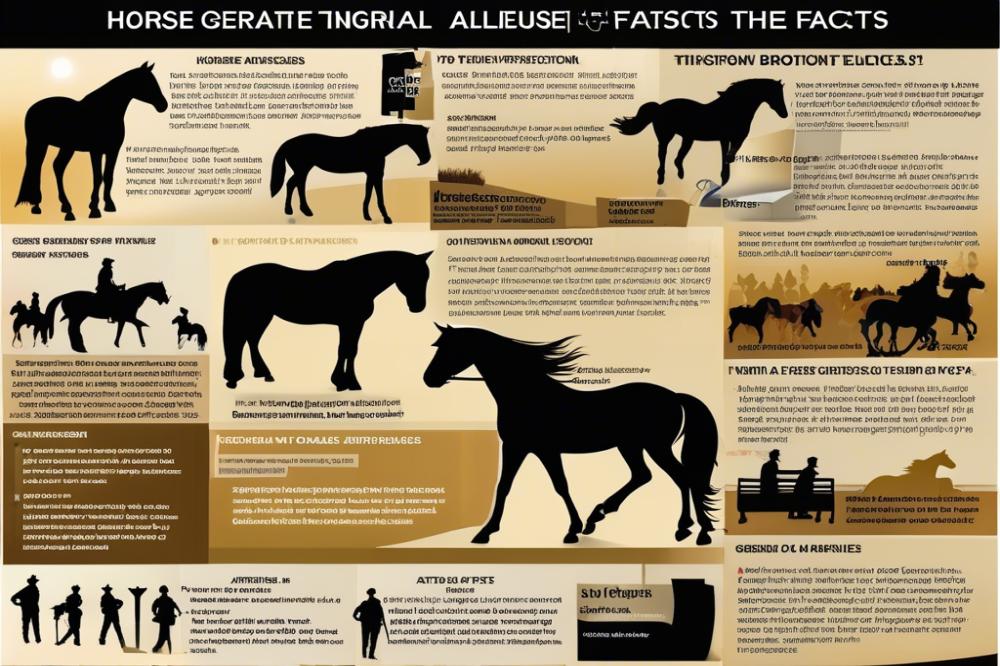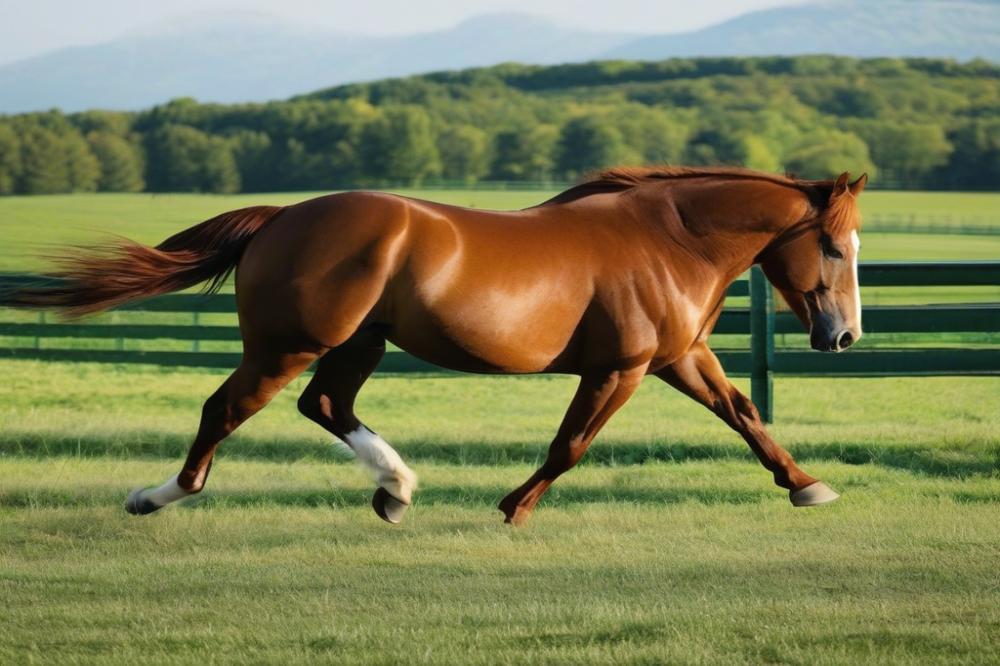Overview of Horse Abuse
It’s hard to imagine, but horses, majestic creatures that they are, face situations that no living being should endure. Horse abuse is a serious concern that affects not just individual animals, but also the broader community of horse lovers and caretakers. Misunderstandings around horse care and horse management sometimes lead to harmful practices. These animals thrive on trust and compassion, yet some find themselves in an environment that’s anything but friendly.
Definition and Significance

What is horse abuse exactly? In the simplest terms, it involves the mistreatment or neglect of horses, causing them pain or suffering. This could be physical harm, like hitting or overworking them, or neglecting basic needs such as food and water. Just as we have laws to protect our furry friends at home, equestrian law exists to safeguard horses. Highlighting abuse facts can help us recognize the signs of mistreatment so that we can step in when needed. The significance of understanding these issues cannot be overstated. Protecting these animals is akin to safeguarding a treasured heirloom; they offer so much joy and companionship in return.
Importance of Awareness

Now, why should we bother with all this? Well, awareness is our first line of defense against mistreatment. Think about a time when you helped someone who was struggling. It’s a bit like that. If we’re educated on how to care for horses properly and recognize signs of distress, we can prevent abuse before it even starts. Plus, consider the role of horse protection organizations. With collective effort, we can create a safe world where every horse, from the sleek Arabian to the charming Morgan horse with its dazzling colors, is treated with the respect it deserves.
In conclusion, let’s bring heart to horse care. Just as you would never leave your dog in a hot car, we need to take that same compassion and apply it to our equine friends. Everyone in the community must dive into conversations about horse management, and learn what to look for. Whether you’re out on a trail ride or just sharing an evening in the barn, being informed puts you in a position to make a difference. Sometimes, it could even mean knowing the best trucks for hauling horse trailers to ensure they travel safely to their new homes or adventures. So, saddle up, and let’s work together to make a brighter future for our beloved horses!
Understanding Horse Abuse

Types of Horse Abuse
When we talk about horse abuse, it isn’t just one thing. It can come in many forms. Knowing the different types helps everyone do their part in preventing it. Let’s take a closer look at some of these forms.
Physical Abuse
Physical abuse can be pretty clear-cut. This occurs when an owner or handler intentionally causes harm. It may involve hitting, beating, or using harsh training methods. Imagine a horse being yanked on a bit, feeling pain with every tug—that isn’t love. Horses deserve gentle handling as part of proper horse care. Thankfully, many places have equestrian laws in place to protect them.
Neglect
Neglect can be more sneaky than physical abuse. Sometimes, owners might not realize they are failing their horses. A neglected horse could be left without food, clean water, or shelter. It’s like forgetting to feed your pet, but much worse. Horses are sensitive creatures that need good horse management to thrive. Signs of neglect can include rough coats, weight loss, or unhealthy living conditions. People often overlook these signs until it’s too late.
Emotional Abuse
Emotional abuse isn’t always what you’d expect. It may not leave visible marks, but it’s harmful all the same. For example, if a horse is constantly yelled at or scared into submission, it can lead to serious anxiety. Just like us, horses can suffer inside from fear and sadness. Building trust should be part of good horse protection. Horses aren’t just animals; they have feelings. Equally important is creating a positive and supportive environment for them.
Signs of Horse Abuse
Physical Indicators
When looking for signs of mistreatment, physical injuries can be a major red flag. Watch for cuts, bruises, or swelling. These marks often tell a story of neglect or harm. A horse with an overly thin body might be facing serious care issues. Again, look closely at the hooves. Untrimmed or cracked hooves can indicate a lack of proper maintenance. If a horse has a dull coat, it could suggest nutritional problems or poor care.
Under normal conditions, horses should gleam with health. Clean and well-groomed animals are a joy to behold. However, if you see a horse with a matted mane or a dirty coat, something is not right. Discoloration around the eyes or a runny nose may point to untreated illness or stress. Equestrian law emphasizes the necessity of proper grooming, so keep an eye out for these signs.
Behavioral Signs
A horse’s behavior speaks volumes. Sudden aggression or fearfulness can signal that something is off. If a horse flinches at touch or shrinks away from people, it reveals a serious trust issue. Friendly horses may turn standoffish if they’ve felt fear or pain. Conversely, some may become overly clingy or anxious. This nervousness likely comes from a lack of positive interactions.
Another alarming behavior is constant cribbing or pacing. These actions often reveal stress and boredom. A well-cared-for horse should show curiosity and playfulness. If a horse constantly looks around as if it’s waiting for something bad to happen, it might have suffered from harsh treatment before.
Environmental Clues
The surroundings where a horse lives say a lot about its well-being. A clean, spacious barn usually indicates good horse management. Conversely, muddy enclosures or overcrowded stables raise questions about care. Stale food or dirty water isn’t just unappealing—it’s harmful. Horses need fresh hay and clean drinking sources to thrive.
Also, consider the company a horse keeps. Horses should ideally socialize with their kind. If isolated, this can lead to mental distress. Furthermore, check for the presence of basic necessities. Proper shelter, adequate space, and safe fencing are crucial. Equestrian law highlights the importance of these factors in protecting horses from harm.
Remember, spotting these signs is vital. The earlier you notice issues, the better chance you have to help. Whether it’s through advocacy or direct intervention, every bit counts when it comes to horse protection. Keeping these facts in mind can guide you as you advocate for those who cannot speak for themselves.
Statistics on Horse Abuse
Prevalence of Horse Abuse Cases
Horse abuse happens more often than many people realize. According to various reports, thousands of incidents are documented each year. Animal protection organizations have seen an increase in cases as more people come forward. Some estimates suggest that abuse is present in at least 20% of the equestrian community. This number could actually be higher since many incidents go unreported. Sadly, this trend shows just how important education is in horse care and management.
Demographics of Abusers
Abusers come from all walks of life. They can be young riders, experienced trainers, or even some who own larger stables. Sometimes the issue arises from a lack of knowledge regarding proper horse care and horse management. Many individuals may not understand the responsibilities involved in caring for these animals. In other cases, it can stem from financial pressures leading to neglect. Furthermore, age doesn’t always determine responsibility. A young person might mistreat a horse, while an older individual might overlook the animal’s needs without even realizing it.
Impact on the Horse Population
The consequences of this abuse extend beyond individual cases. When horses are mistreated, it can harm the entire population. Not only do they suffer physically and mentally, but their quality of life diminishes significantly. Animal welfare experts argue that horses in distress can lead to larger problems in communities and equestrian events. Moreover, this situation can undermine horse protection efforts. If people continue to turn a blind eye, the cycle persists, leaving many horses at risk. Consequently, horse lovers and advocates must unite in awareness and action to combat these sobering abuse facts.
Legal Framework
Animal Welfare Laws
Many countries have animal welfare laws in place. These laws aim to protect animals from mistreatment. In the United States, the Animal Welfare Act is one important legislation. It sets standards for animal care and management. However, it does not specifically focus on horses. Instead, each state has its own rules regarding horse protection. These laws vary quite a bit. Some states are stricter than others. Imagine a horse living in a cramped space, with little food. That’s a sad picture, and laws exist to fight against such conditions.
Regulatory Bodies
Several organizations work tirelessly to protect horses. Local animal control agencies often investigate complaints. They are like the watchdogs for animal welfare. In addition, national and local humane societies play a vital role. They help set standards for horse care and offer educational resources. Everybody loves a well-cared-for horse, right? Moreover, there are professional organizations within the equestrian community. They promote ethical horse management practices. Unfortunately, sometimes these groups lack the authority to enforce laws directly.
Reporting Abuse
If you ever suspect abuse, reporting it is crucial. Quite often, the signs are there, but people might not know what to look for. Look for signs like extreme weight loss or injuries. When you notice something odd, don’t hesitate to let authorities know. Call local animal control or a humane organization. You could be the voice for a horse that can’t speak. Remember that delays in reporting can lead to greater suffering. It’s all about quick action. Spreading awareness can save lives. So, if you hear of abuse facts, pass them on. Sharing might just spark a chain reaction that leads to help.
Prevention and Intervention
Educational Initiatives
Teaching people about proper horse care is essential. When folks understand what a horse needs, they can provide better care. This includes everything from feeding to grooming to recognizing signs of stress or discomfort. Classes on equestrian law can help everyone know what is legal and illegal. Knowledge is power, after all.
Understanding the facts about horse abuse can be eye-opening. Schools and local groups could hold workshops or community events. Sharing stories can help spark compassion toward these magnificent animals. Imagine a young kid learning to treat a horse with love and respect. That’s the kind of ripple effect we want!
Community Involvement
Communities can make a big difference when they work together. Local barns and riding schools often open their doors for demonstrations. These events allow people to see how to manage horses properly. This builds a culture of support around horse protection.
Volunteering with animal rescue groups is also a great way to get involved. Many organizations rely on volunteers to help keep horses safe and healthy. This helps create a network of people who care. People often forget that simple acts of kindness can lead to real change.
Resources for Reporting and Support
If someone suspects abuse, it is essential to speak up. Knowing who to contact can help save a horse in need. Many states have hotlines or local animal control agencies to report issues. These resources guide people on what steps to take.
Support groups can make a world of difference for those wanting to learn more. Some organizations offer hotlines for advice, as well as online forums. Talking with others who care deeply can provide encouragement. Learning from people with experience can also help another horse thrive.
Remember, it takes awareness and action to make a difference. Everyone has a role to play in ensuring these animals get the care they deserve. Horse management is not just for the ranchers; it’s a community responsibility. Don’t be afraid to take the first step!
Consequences of Horse Abuse
Effects on Horses’ Health and Well-being
When people mistreat horses, the results can be heartbreaking. These magnificent animals can suffer from both physical and emotional pain. A horse that endures neglect often shows signs like weight loss, poor coat condition, and lethargy. Imagine trying to run a marathon on an empty stomach; that’s how these creatures feel when they are starved. Injuries from wrong handling can lead to lasting problems. Just like us, horses need care to stay happy and healthy.
Their spirits also take a hit. When a horse experiences abuse, trust can shatter, leaving them fearful of humans. This fear is not just a phase; it can lead to lifelong anxiety. Like seeing a shadow at night and thinking it’s a monster, horses often expect the worst from their surroundings. Understanding these facts highlights the dire need for proper horse management and care.
Broader Implications for Society
Horse mistreatment doesn’t just affect the animals themselves. It ripples through communities, causing concern and distress. In a society that allows abuse, what does that say about us? This reflects on our values and compassion toward all living beings. Animal welfare issues can be a bright spotlight on larger social problems. It might reveal a darker side to human nature that we often ignore.
Educating people about equestrian law can help. By informing everyone about laws that protect horses, we promote a healthier relationship between animals and humans. An informed society can help prevent abuse and enhance respect for these gentle giants. Local communities can come together, raising awareness and encouraging discussions about horse protection. Ultimately, collective action can bring about change that benefits not just horses but communities as a whole.
Recovery and Rehabilitation
Some horses get fortunate; they find a path to recovery. Rehabilitation can be a slow process, much like turning a rusty old key in a lock. Patience is key as they learn to trust again. Gradually, these horses begin to heal. With love and proper care, their bodies start to regain strength. Feeding them healthy food and giving them a safe space is crucial.
Professional help can make a big difference in their recovery journey. Trainers and veterinarians often develop unique plans to address individual needs. They can teach humans the right way to provide care. Success stories do exist. People have witnessed former victims learn to trust again. After time, they can become happy and healthy companions.
Every small step toward recovery is a victory, proving that hope lives even in the darkest situations. It’s heartwarming to see these horses thrive, becoming symbols of resilience and new beginnings. Community involvement can amplify these efforts, leading to positive outcomes for both horses and the people who care for them.
Wrapping It All Up
As we’ve explored, understanding the plight of horses is no small task. Emotional bonds can be formed with these magnificent creatures, so it’s heartbreaking to uncover how many suffer silently. From neglect to harsh training practices, horse abuse is a sobering reality for many of these beautiful animals. Remember, just like human beings, they have feelings and memories. Do horses remember people? You bet they do! They can recognize those who treat them well and those who do not.
We have delved into the alarming statistics and heart-wrenching stories. The key takeaway is that awareness is the first step toward change. By understanding the signs of abuse, we can be better advocates for horses in need. The power of community cannot be overstated. Every small action—whether it’s spreading the word or volunteering—counts. Horses deserve a safe and nurturing environment.
Get Involved! Your Voice Matters
What can you do? Start by talking about it! Share knowledge with friends and family and let them join the movement. Consider reaching out to local shelters or rescue organizations. Many are always looking for extra hands, so even a few hours could make a significant difference. If you’re not sure how to help, a simple gesture like writing letters to your local representatives advocating for better equine welfare laws can go a long way.
On a lighter note, have you ever seen a horse dismount in a race? It’s a real sight to see! Just like those astounding moments, moments of compassion for horses can change lives. Let’s all commit to ensuring that no horse has to experience distress or discomfort while they trot down the trail of life.
In a world where we often feel small, remember that your effort, no matter how tiny it may seem, can lead to monumental changes for these elegant creatures. Together, we can create a future where horses are treated with love and respect. Let’s channel that energy into positive action and make a real difference!



